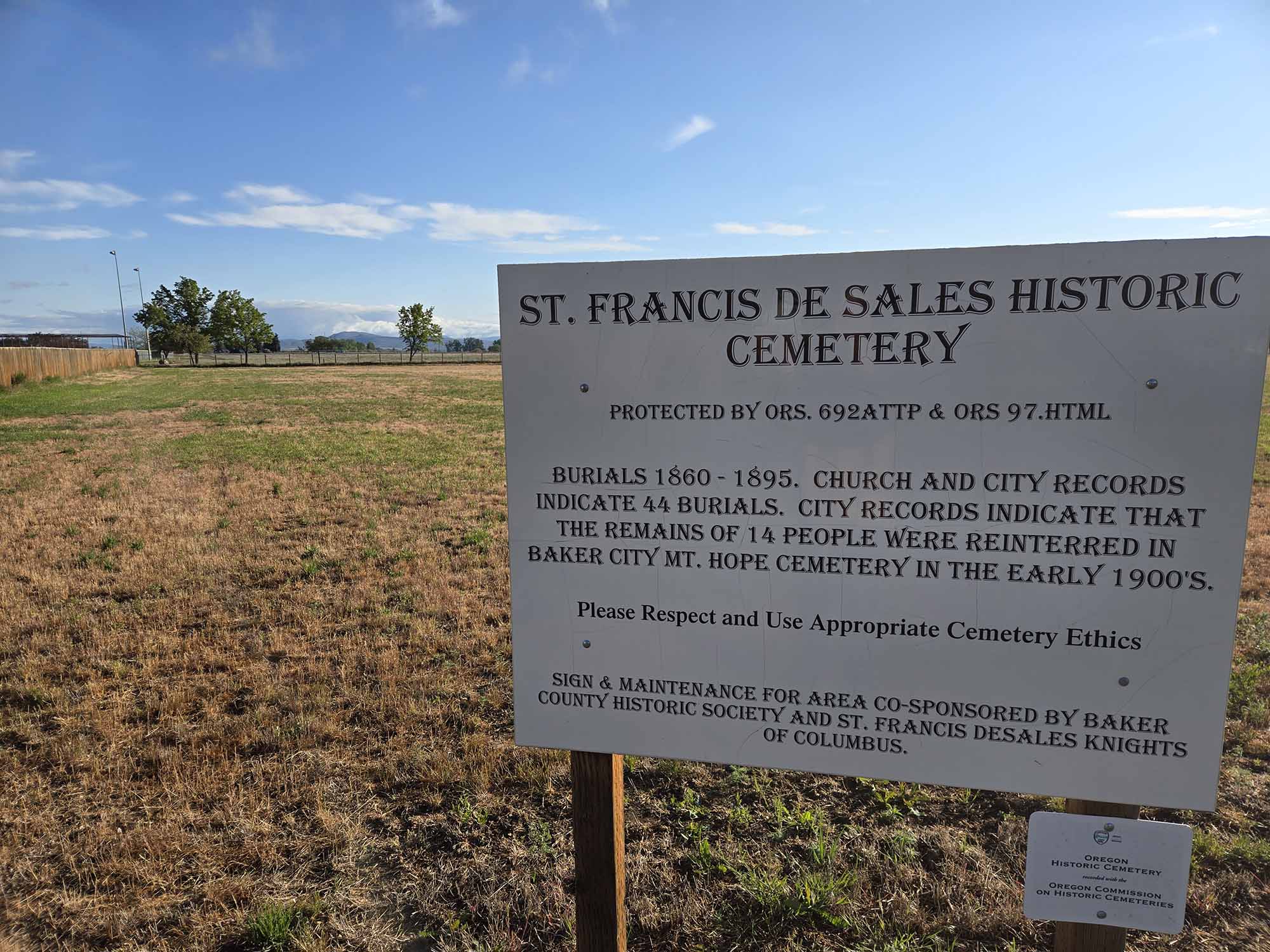COLUMN: Transfer ‘portal’ wreaks havoc in college sports
Published 2:00 pm Friday, April 1, 2022
The “transfer portal” sounds like a cheesy prop in an even cheesier sci-fi film, something with lots of randomly flashing lights that allows people to leap dozens of parsecs in a single bound.
And perhaps it is.
My knowledge of cheesy sci-films, and the names of their props that seem to have been assembled by a precocious 6-year-old who has more access to adhesives than a 6-year-old ought to, is rather less than encyclopedic.
But whether or not that term has made it into a B-movie screenplay, its definition today belongs solely to college sports — and to football and men’s and women’s basketball in particular.
And it seems to me that sports, and the way they keep myself and other alumni linked to their universities, will never be what they once were.
The transfer portal that clogs the sports section these days refers to the place, figuratively speaking, where college athletes can go when they’re interested in transferring to a different school.
Although this movement, apparently inevitably, is described as “entering” the transfer portal.
It seems there is no other way to get in. You don’t jump into the transfer portal, or plunge into it or slip through some concealed side entrance.
With the transfer portal, you just enter. You must.
The portal isn’t as new as its recent ubiquity implies.
It actually debuted on Oct. 15, 2018.
The NCAA’s idea was to create a clearinghouse where all players considering a transfer could put their names. Prior to the portal, athletes had to get permission from their coach to talk with other schools, and the athletes had to in effect make cold calls to schools where they were interested in enrolling.
But the transfer portal didn’t become ubiquitous until the spring of 2021.
That’s when the NCAA started allowing Division I athletes in all sports to transfer one time, as undergraduates, and be eligible to play immediately at their new school.
Previously this sort of school-swapping was discouraged, and quite effectively so, by the penalty that undergraduate transfers had to sit out one year before playing (students who had already earned their degree were exempt, in certain instances, by a rule that dates to 2006).
Most conferences also required athletes transferring from one school to another in the same conference to miss a year of competition.
But those restrictions no longer exist.
The change naturally had the greatest effect on the sports that are vastly more popular, and profitable, than the others — football and men’s basketball.
The transfer portal is so widely used today that if it were an actual structure it would need to be stadium-sized.
More than 1,400 football players from the FBS — which includes major conferences such as the Pac-12, Big 12 and SEC — have inhabited (I’m already tired of writing, much less hearing, the verb “entered”) the portal during the current eligibility period, which started Aug. 1, 2021.
I’m ambivalent about what is likely the most significant change in college football since the NCAA instituted the limit of 85 scholarships for Division 1 schools (prior to the limit, the top schools could in effect stockpile talent, leaving relatively few of the best players for other schools and ensuring a top-heavy situation).
On the one hand, college athletes, who don’t get paid, now have more options to, in effect, market their talent.
(Players are now allowed, through another recent rule change, to profit from their “name, image and likeness,” but the new NIL policy isn’t likely to benefit anywhere near as many students as the transfer portal is.)
Yet the transfer portal and the much less restrictive transfer rules have also wrought such drastic changes in college football that fans — not to mention coaches — have scarcely had time to adjust to this suddenly unfamiliar situation.
The circumstances at my alma mater, the University of Oregon, epitomize the upheaval.
Just a couple years ago, I would have spent most of the (terribly) long offseason, between the bowl game and the start of fall camp in August, pondering the Ducks’ returning players and being able to predict, with a certain degree of certainty, which positions would thrive, due to returning starters, and which might struggle come September.
No longer.
Earlier this year, Oregon acquired one high-profile player through the transfer portal — former Auburn quarterback Bo Nix — and lost another — Travis Dye, who was the Ducks’ top running back and most consistent offensive player in the 2021 season.
Prior to the portal, Oregon’s running back situation would have been set, barring an injury to Dye.
More recently, three key players from Oregon’s women’s basketball team declared their intention to transfer (I’m fatigued with typing “entered the portal”) in little more than a one-day span.
I’ll concede that these frequent transfers enliven things, and provide consistent fodder for the dwindling sportswriting departments at media outlets.
Had Nix not moved from Auburn, the major topic of discussion among Duck fans this spring and summer likely would have been the candidates to play quarterback, all of them inexperienced, when Oregon travels to Atlanta to open the 2022 season against defending national champion Georgia on Sept. 3.
But with the veteran Nix in the mix, it’s probable that the young quarterbacks will remain on the sideline.
And, as must be considered all but inevitable, one of those quarterbacks opted for the transfer portal not long after Nix committed to Oregon.
Committed, of course, is the word typically used when a player decides which school to attend.
But it is a word that no longer means what it once did.
In the carefree days before the portal opened, fans could reasonably expect that a player who committed to their favorite school would be around for at least a few years. Players get hurt, of course. And some of the best leave school early for the NFL.
But situations common today would have been unthinkable then.
Dye, the former Duck, is an example. Not only will he not don the Oregon uniform this fall. But after leaping into the portal he committed to one of the Ducks’ main rivals in the Pac-12, Southern Cal.
I don’t begrudge Dye, or any other athlete, for deciding that they would do better at a different university.
But the portal, and the liberal transfer rules, are quite enough to give fans whiplash, uncertain about who they ought to be rooting for.
In a world where Ducks became Trojans overnight, and Tigers turn into Ducks, the formerly useful team roster rather suddenly seems as useful as a telephone that, like a dog which is prone to roaming, is forever tethered to a cord.
Jayson Jacoby is editor of the Baker City Herald.




